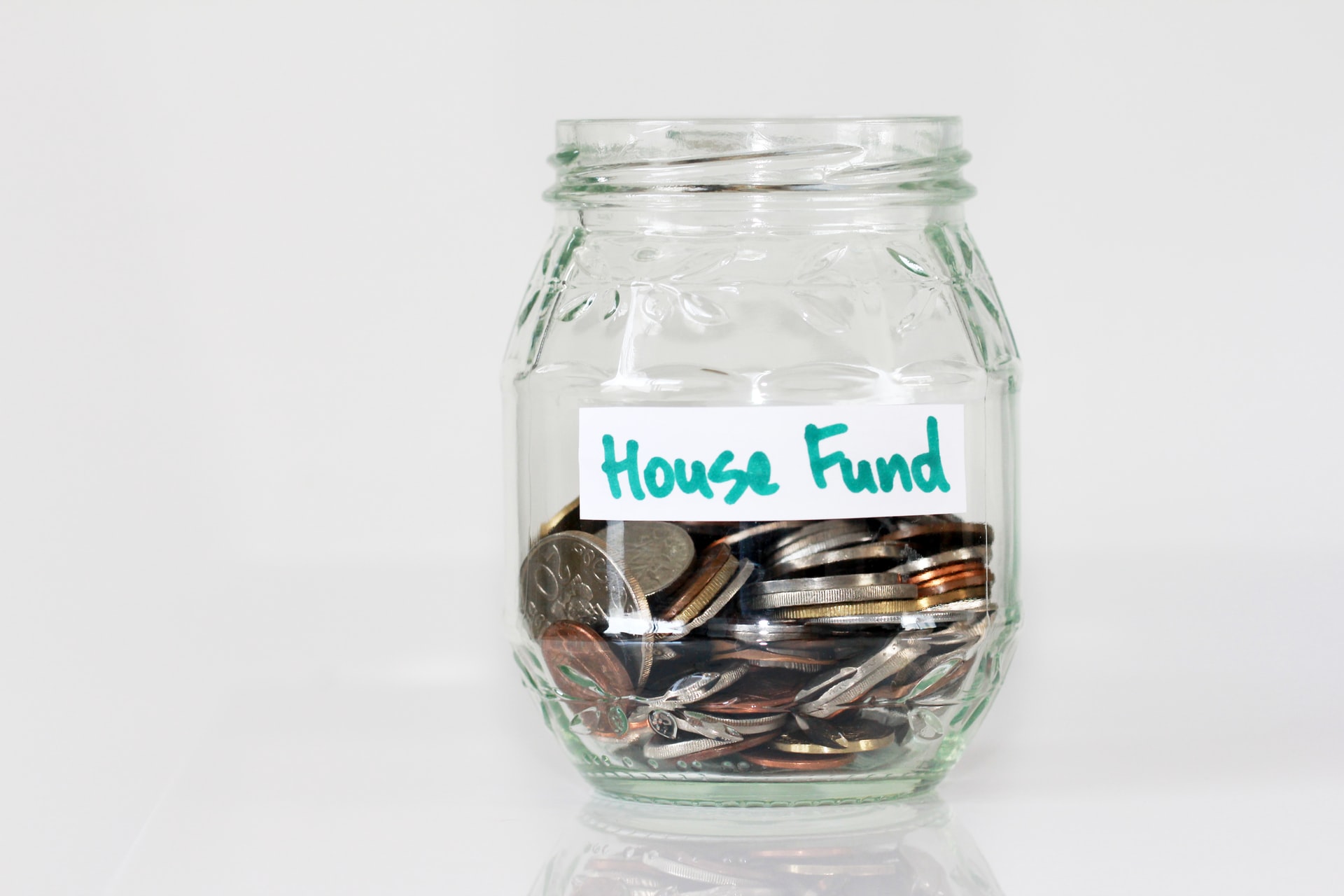Some expenses become predictable and recurring. Each month, you’ll always pay for food, housing, utilities, and other essentials. You may throw in some monthly entertainment and additional costs. You can anticipate these expenses and stay within a budget.
However, some one-off expenses will challenge your budget. You may have enough money for groceries each month, but a surprise vacation can create financial stress. Not everyone saves enough money for a significant, one-off expense, but a sinking fund can help. We’ll discuss how a sinking fund can strengthen your finances and how to set one up.
What is a Sinking Fund?
A sinking fund is a bank account allocated for an upcoming expense you won’t have to pay until later down the road. Some people start saving for the holiday season a few months in advance. You don’t have to create a sinking fund to save money, but it helps distinguish your money. Keeping your funds in the same account can lead to confusion and misallocation. You can mix up your holiday money with entertainment and not have enough funds left for the season.
You can create multiple bank accounts, label them as sinking funds, and make monthly deposits into each account. You can save up for a car, vacation, and holidays with three separate sinking fund accounts. Instead of getting caught off guard, you will be ready for the high-ticket expense. A sinking fund has several differences from other bank accounts. We will discuss them below.
Sinking Fund vs. Savings Account
A savings account is a basket for all of your funds. Most people only create this account for their financial activity. The funds in a savings account can go towards any expense. Keeping all of your funds in an uncategorized setup can get messy and lead to misallocation.
Unlike a savings account, a sinking fund has a clear purpose. A sinking fund’s proceeds go towards a single expense. You may want to plan a vacation in a few months, but you don’t want to pay for the vacation in one shot. The sinking fund gives you a chance to build reserves for a specific purchase.
Sinking Fund vs. Emergency Fund
Both funds have specific purposes. It’s better to have both of these accounts instead of mixing these funds in the same account. A sinking fund prepares you for an upcoming expense. You can anticipate a vacation, down payment, or similar cost. However, you can’t anticipate everything.
An emergency fund protects you from the unexpected. If you quit or get fired from your job, you’ll suddenly lose a significant income source. Stashing cash in your emergency fund can give you a few months to look for a new job without cutting down on your lifestyle. Both funds improve your budgeting. You tap into a sinking fund for an upcoming purchase. On the other hand, you save money in an emergency fund, hoping you’ll never have to use it.
Benefits Of Having a Sinking Fund
Not everyone wants another bank account to manage, but spreading your money across several accounts can simplify your finances. A sinking fund, in particular, has several benefits.
Save For Anything
You can create a sinking fund for any purpose. Saving up for an upcoming expense reduces its impact on your finances. You’ll feel less stressed as the deadline approaches.
Get Rid of Guilty Purchases
Sinking funds help you get rid of guilty purchases in two ways. Since your money has a purpose, it’s easier to avoid misallocation. You can distribute a percentage of each paycheck across your sinking funds before getting the chance to spend money. Sinking funds also create parameters for ‘guilty’ purchases. You can create a small sinking fund for miscellaneous items and use those proceeds accordingly. You give yourself the approval to use some of your funds for a purchase. Some people will opt against a sinking fund for guilty purchases, but it may work for others.
Prepare For Inevitable Expenses
The tax season strikes every year. It’s one of the most stressful times in people’s lives because of the financial burden. Storing funds in a sinking fund gives you a financial fortress to cover your taxes. Sinking funds help you feel prepared for tax season or any major expense instead of scrambling at the last minute. Inevitable costs will come whether you are ready or not. Sinking funds help you prepare gradually.
3 Examples of Sinking Funds
You can use sinking funds to plan several purchases. We will share three common examples of how people use sinking funds to simplify their finances.
- Car Sinking Fund: Looking to buy a new car soon? They can get expensive in a hurry. Not every buyer saves enough to make an all-cash offer. You should assess cars on the market and determine how much you want to put down. You can put money in the sinking fund each month to make a down payment in the future without straining your budget.
- House Deposit Sinking Fund: Making a house deposit tells a seller you’re serious about buying the home. This house deposit acts as part of your down payment, but not everyone has enough funds for this investment. If you make a $3,000 house deposit within the next six months, you can add $500/mo to the sinking fund. Once the day arrives, you’ll have enough proceeds to make a house deposit.
- Holiday Sinking Fund: The holidays are a time of giving, but tight finances can get in the way. A holiday sinking fund makes you less reliant on credit card debt to get gifts. You can store $50/mo in this account and have $600 ready to go during each holiday season. Want to spend more during the holidays? You can increase the monthly contribution to your holiday sinking fund.
How To Set Up a Sinking Fund
A sinking fund categorizes your money so you don’t lose track of upcoming expenses. Follow these steps to create your first sinking fund.
1. Identify Your Goals
Start by determining the specific purpose of your sinking fund. Consider what expenses you anticipate in the future and how much money you’ll need to save. This could range from saving for a new car or home repairs to larger expenditures like vacations or significant life events.
2. Decide How Much You Want to Save
Once you’ve identified your goals, calculate the total amount you will need to cover these expenses. Be realistic about costs and consider any potential price increases over time. This will give you a clear target to aim for as you save.
3. Choose a Timeline
Decide when you’ll need the funds by establishing a timeline for your sinking fund. Consider how soon the expense is likely to arise and set a deadline that allows ample time to accumulate the necessary amount. This could be in months or years, depending on your specific goals.
4. Determine How Many Sinking Funds You Should Have and Your Monthly Contribution
With your target amount and timeline established, calculate how much you need to save each month to reach your goal. Divide the total amount needed by the number of months until your deadline to find out what your monthly contributions should be.
You don’t have to stop at one sinking fund. Personal finance gets complicated, and you have several upcoming expenses. You can create a sinking fund for an upcoming car, home, vacation, or other upcoming expense. Assess your financial goals and map out how much you’ll have to save to reach them. You can create multiple bank accounts to categorize your finances.
5. Set It Up and Start Saving
Consider opening a dedicated savings account for your sinking fund to keep your savings separate from your regular spending. You can choose a high-yield savings account or a separate sub-account within your existing bank specifically earmarked for this purpose. Having a dedicated account is crucial as it helps you track your progress easily and reduces the temptation to dip into those funds for other expenses.
6. Automate Your Savings
To ensure that you consistently contribute to your sinking fund, set up automatic transfers from your checking account to your dedicated account. This way, the money will be saved before you have a chance to spend it on other things. Automating your savings can help reinforce the habit of saving and make it less likely that you’ll miss contributions.
7. Monitor Your Progress
Make sure to regularly review your sinking fund to keep track of your progress toward your savings goal. Check how much you have saved, compare it to your target amount, and adjust your contributions if necessary. However, don’t forget to celebrate your milestones. Whether it’s reaching half of your target amount or saving for a specific number of months, these celebrations can keep you motivated and make the journey more rewarding.
8. Adjust as Necessary
Life is unpredictable, and your financial situation or goals may change over time. If you find that you’re falling short of your original timeline or target amount, don’t hesitate to reassess and adjust your plan. Whether it means increasing monthly contributions, extending the timeline, or reevaluating the amount needed, flexibility will help ensure that you stay on track.
Conclusion: Setting Up a Sinking Fund for Your Financial Future
A sinking fund is more than just a financial tool. It’s a way to prepare for upcoming expenses and create a cushion that helps manage your cash flow effectively. By setting aside money regularly, you can resist the temptation to spend impulsively and ensure that you have the funds ready when needed. This approach can provide a deep sense of security, knowing that you are prepared for future expenses without the burden of debt. It’s a financial safety net that you can rely on.







